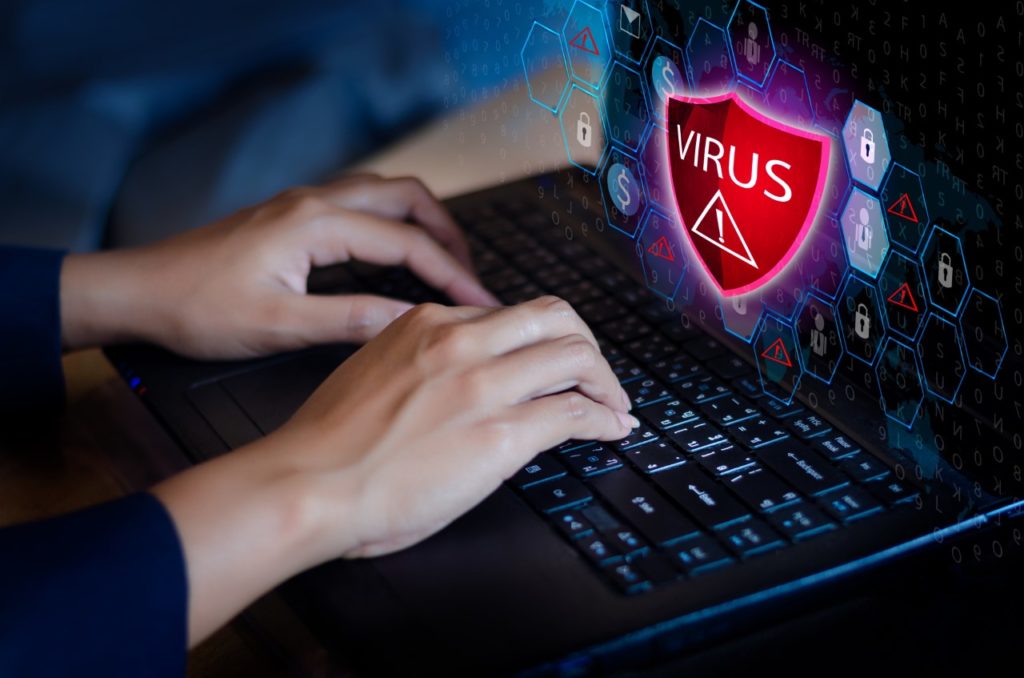 Downloading a virus can be one of the scariest things that may happen to some of us. Everybody dreads having an infected device. It brings a sense of insecurity where all your details, work documents, and your contacts may be stolen or corrupted. Such an unfortunate situation could happen to anyone, but does this mean that there’s nothing you can do after downloading one? This article will take you through a step by step procedure to help salvage your computer in case of an infection.
Downloading a virus can be one of the scariest things that may happen to some of us. Everybody dreads having an infected device. It brings a sense of insecurity where all your details, work documents, and your contacts may be stolen or corrupted. Such an unfortunate situation could happen to anyone, but does this mean that there’s nothing you can do after downloading one? This article will take you through a step by step procedure to help salvage your computer in case of an infection.
Step 1: Disconnect the Internet and Enter Safe Mode
If your computer has a wireless or ethernet connection, you'll need to ensure that it's disconnected. This prevents the virus from transmitting some of your private data it may have collected. Next, boot the computer using safe mode by restarting the computer, press F8 immediately when something appears on the screen, then select the safe mode option. Safe mode allows you to isolate the operating drives making it easier to identify and tackle the affected ones.
Step 2: Back Up Your Personal Files
This step requires that you back up only the important files and ones that you are very sure are not corrupted. Most viruses are hidden within files, so backing up all of them increases the chance of it being transmitted. It’s essentially important not to back up program files since such files are the best hideouts for the viruses. They can still be downloaded from the internet after the virus is cleaned out. You should also delete all other temporary files to increase speeds when scanning and to eliminate contaminated files.
Step 3: Download a Virus Scanner from a Different Computer
Since your computer is corrupted, another one will be needed. This is where you can research the symptoms displayed on your device and download the appropriate virus scanner to remove the infection. You can then transfer this scanner to the corrupted computer using an empty flash disk or a memory card.
Step 4: Run a Virus Scanner
After installing the virus scanner, run a custom system scan to identify the corrupted files and eliminate the virus from the system. A full system scan can be performed if you are not satisfied with the results. You can also use multiple virus scanners to be sure that your system is clean. It’s important to ensure that you avoid having two anti-viruses in the system since they may conflict.
Step 5: Restore Your Software and Network Connection
After scanning and running the virus ensuring that the system is clean, you can then reinstall the files and programs that you had backed up and reconnect your internet connection. In case you had lost your operating systems, you should first reinstall it followed by your backed-up files.
Conclusion
Getting rid of a virus in your system may not be as hard as people insinuate. No one intentionally downloads a virus. Even if one does, following the steps above will ensure that your system is clean and restored effectively.


